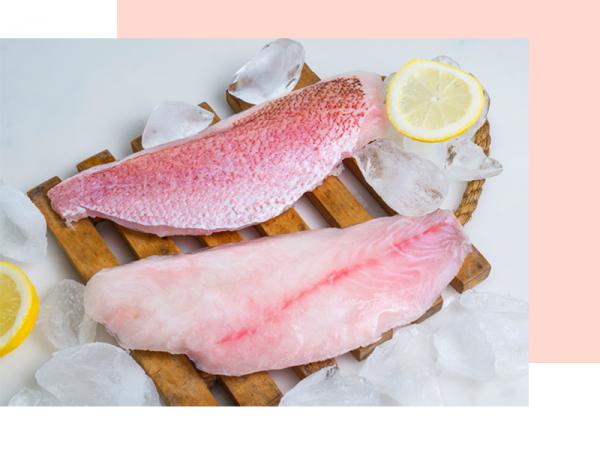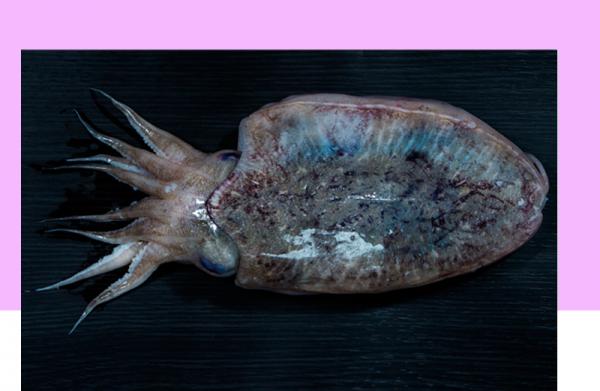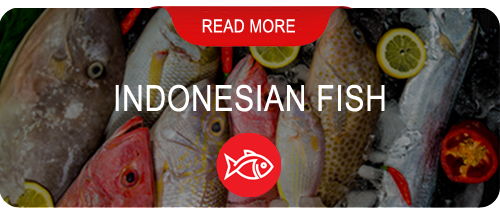PT. INTI LUHUR FUJA ABADI
PT. Inti Luhur Fuja Abadi known as ILUFA Seafood is a seafood processor from the archipelagic island country of Indonesia. Located in East Java,Indonesia, Ilufa seafood supplies good quality of seafood products from east part of Indonesia
OUR MISION
To consistenly provide the best quality products and services to our customers.
OUR PRIORITY
High quality, excellence, innovation, integrity, trust and honesty.
Ilufa Seafood Fish Processing






Red Snapper Natural Cut
Indonesian demersal fish are fish species that live and feed near the seabed, typically in coastal waters, continental shelves, and deep-sea floors. Indonesia, with its vast marine territory, is home to a diverse range of demersal fish, including snapper (Lutjanidae), grouper (Serranidae), croaker (Sciaenidae), and flatfish (Bothidae). These fish are highly valued for their firm texture and rich flavor, making them popular in both local and international markets.
Demersal fish in Indonesia thrive in various habitats, such as coral reefs, sandy or muddy bottoms, and deep-sea trenches. They play a crucial role in marine ecosystems by maintaining the balance of benthic communities. Due to their commercial importance, many species are targeted by fisheries using bottom trawls, longlines, and handlines.

Bichiques Congeles

Cuttlefish Food




